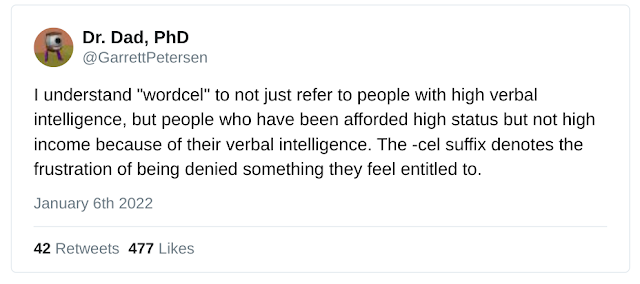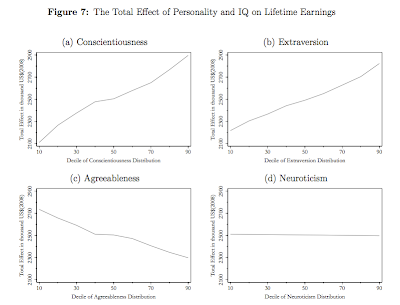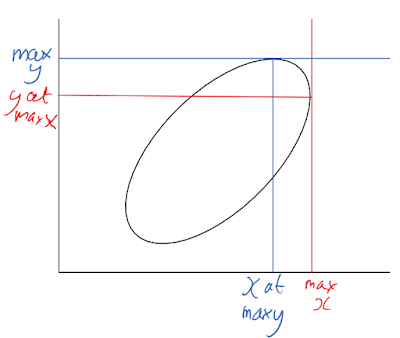I've collaborated with two Vanderbilt theorists: Tom Kephart and Bob Scherrer, but this was my first visit to the university.

I had a brief window of time to meet with psychology professors Camilla Benbow and David Lubinski, who co-direct The Study of Mathematically Precocious Youth (SMPY). The data set they've been accumulating is unique and valuable.
SMPY:
The Study of Mathematically Precocious Youth (SMPY) was founded by Julian C. Stanley, on 1 September 1971, at Johns Hopkins University. Camilla P. Benbow and David Lubinski co-direct SMPY at Peabody College of Vanderbilt University. They are planning to complete a 50-year longitudinal study of five cohorts, consisting of over 5,000 intellectually talented individuals, identified over a 25-year period (1972-1997). The aim of this research is to develop a better understanding of the unique needs of intellectually precocious youth and the determinants of the contrasting developmental trajectories they display over the lifespan. The Study of Mathematically Precocious Youth is a bit of a misnomer, however, because verbally precocious youth have been included for longitudinal tracking, and participants are now all adults. Nevertheless, "SMPY" has been chosen to be retained to maintain consistency.
Four of SMPY's five cohorts were identified by talent searches by age 13. These cohorts vary in ability level ranging from the top 3% to the top .01% in quantitative or verbal reasoning ability. A fifth cohort of 714 participants, identified as first- or second-year graduate students attending top U.S. math/science programs in 1992, complements the first four cohorts of talent search participants by, among other things, affording an opportunity to assess the generalizability of the talent search model for identifying scientific potential. A 10-year follow-up of these math/science graduate students is now available (Lubinski et al., 2006). For the first three SMPY cohorts (identified in 1972-1974, 1976-1978, & 1980-1983, respectively), their 20-year follow-ups are available (Benbow et al., 2000; Lubinski et al., 2006). SMPY either has or is planning to follow-up all four cohorts of talent search participants at ages 18, 23, 33, 50 and 65. Cohort 5, the math-science graduate students, will be followed-up at ages 35 (complete) as well as 50 and 65. So far, seven books and over 300 articles have been based on SMPY; many recent articles are on PDF files on Benbow and Lubinski's individual web sites. For further and more detailed information on SMPY's history, the selection criteria for each cohort, and major longitudinal findings, a recent monograph has just appeared (Lubinski & Benbow, 2006).

























